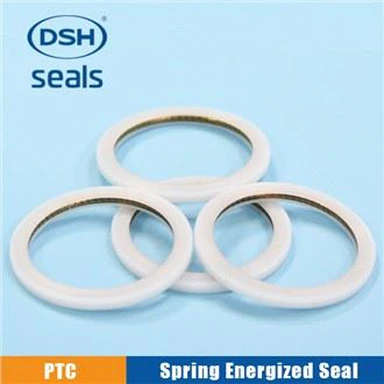Gate Valve And Its Seals
Dec 28, 2021
Seals, also known as sealing rings (gaskets), etc., involve a wide range of industries, ranging from the electronics industry, the automotive industry, the small household appliance industry, the digital product industry (mobile phone industry, etc.), to the national military-specific Seals, shipbuilding, aviation, super-large construction machinery industry, etc. We may touch seals (gaskets) everywhere in our lives. Just like the shower head in our water heater, there is a small sealing gasket, which mainly plays the role of sealing the water (if you don't have it, your water heater will not be able to heat up). In addition, the mobile phones we use also use sealing gaskets. Without the sealing gaskets, a lot of dust will run into the inside of your mobile phone. So small seals play a pivotal role in our lives.
The gate valve is an opening and closing gate. The movement direction of the gate is perpendicular to the direction of the fluid. The gate valve can only be fully opened and fully closed. It varies with gate parameters, usually 5°, and 2°52' when the medium temperature is not high. . To improve its manufacturability and make up for the deviation of the sealing surface angle during processing, this gate is called an elastic gate.
The opening and closing parts of the gate valve are the gate, and the movement direction of the gate is perpendicular to the direction of the fluid. The gate valve can only be fully opened and fully closed, and cannot be adjusted or throttled. The gate has two sealing surfaces. The two sealing surfaces of the most commonly used mode gate valve form a wedge shape. The wedge angle varies with the valve parameters, usually 50, and 2°52' when the medium temperature is not high. The gate of the wedge gate valve can be made into a whole, called a rigid gate; it can also be made into a gate that can produce a small amount of deformation to improve its craftsmanship and make up for the deviation of the sealing surface angle during processing. The gate is called an elastic gate. When the gate valve is closed, the sealing surface can be sealed only by the medium pressure, that is, relying on the medium pressure to press the sealing surface of the gate to the valve seat on the other side to ensure the sealing of the sealing surface, which is self-sealing.
Most gate valves are forcibly sealed, that is, when the valve is closed, the gate must be forced against the valve seat by external force to ensure the tightness of the sealing surface. The gate of the gate valve moves linearly with the valve stem, which is called a lift-rod gate valve, also called a rising-rod gate valve (gate valve seal). Usually, there is a trapezoidal thread on the lift rod. Through the nut at the top of the valve and the guide groove on the valve body, the rotary motion is changed into a linear motion, that is, the operation is turned into an operation thrust. When the valve is opened, when the lift height of the gate is equal to 1:1 times the diameter of the valve, the fluid channel is completely unobstructed, but this position cannot be monitored during operation. In actual use, the apex of the valve stem is used as a sign, that is, the position where it cannot be opened, as its fully open position. In order to take into account the lock-up phenomenon due to temperature changes, it is usually opened to the apex position, and then reversed by 1/2-1 turn, as the position of the fully open valve. Therefore, the fully open position of the valve is determined according to the position of the gate, that is, the stroke. For some gate valves, the stem nut is set on the gate, and the rotation of the handwheel drives the valve stem to rotate, which makes the gate lift. This kind of valve is called a rotating stem gate valve or a dark stem gate valve.







